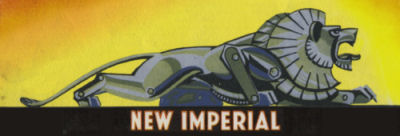


Showing the cast aluminium jacket, which totally encases the cylinder, but leaves the valve springs and caps accessible.

(L.) The air-cooling device and cylinder sectioned to show air passages. (R.) Detachable head showing ease of accessibility

Details of the air-cooling system devised by Mr. Hawley Morgan. Inset shows the special ejector which creates a vacuum.
ENGINEERS have at last begun to realise that there are other means of cooling by air than casting cylinders with fins thereon, and leaving the rest to chance. Air-cooling has been rendered more suitable for internal combustion engines by methods of constructing the engine; for instance, by the use of steel cylinders and aluminium pistons, and also by extraneous means, as in the case of the system we are about to describe.
This ingenious idea has been brought out by Mr. Hawley Morgan, formerly a member of the staff of this journal. He has left nothing to chance, and has worked out the whole system most thoroughly. He entirely encloses the cylinder in a cast aluminium jacket, which, in no way interferes with the general design of the engine, as the same valve caps are retained, the valve springs are outside it, and everything is just as accessible as it was before. It is fitted to a 2¾ h.p. J.A.P. on a New Imperial machine.
With this system in use it is possible to enclose the front of the engine entirely by means of an aluminium mudshield, which would not be possible, of course, unless a special cooling device were incorporated. The jacket is made in two halves clamped together, while the head forms a separate portion. The existing silencer is retained, but it is provided with a small cone-shaped exit pipe.
Connected to this there is an additional silencer or chamber in which there is a special ejector (giving about 6½ in. vacuum) connected by a rubber hose pipe to the suction pipe on the aluminium casing. On the right of the slot to which the suction pipe is attached is a barrier of a diatherminous substance. In addition to the cylinder being provided with fins, there are also aluminium fins on the casing. Cool air is drawn in a continuous stream through the slots arranged round the casing, causing a current of air to pass through the fins not only on the sides of the cylinder, but also directly over the head, .and this portion has been most carefully thought out, as 75% of the heat in the cylinder is to be found in this portion.
This system has been beautifully installed on the experimental machine. It is well finished and attractive in appearance. The only fault developed so far is the ground clearance, which the shield has reduced to too great an extent, and this, of course, will be remedied. When started it is easy to see that a strong suction is developed, as it will even suck the ash off the end of a cigarette and draw it in. When the pipe is coupled up the flame from a match held near one of the slots is visibly drawn towards it.
We have not yet tried the machine on the road, but hope to do so shortly. With this cooling system, as we said before, it is quite possible to shield the engine entirely, with the result that the rider can travel through any road conditions without getting a speck of mud thrown up either on the engine or on himself.
Credit: The Motor Cycle, December 18th, 1919. p786